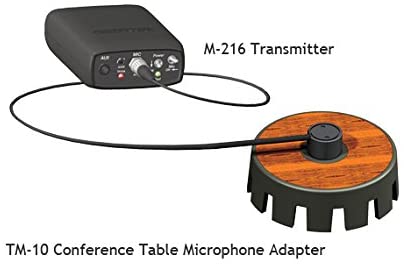The Office of Disability Access offers sign language interpreters, transcription services and assistive listening devices for academic purposes to qualified students registered with the department.
Sign Language Interpreting Services
The Office of Disability Access has contracted qualified and certified interpreters for communication access. Our interpreters offer interpreting in American Sign Language (ASL).
Transcription Services
The Office of Disability Access has contracted transcriptionists.
Scope of Sign Language Interpreter & Transcription Services
Sign language interpreters and transcriptionists are provided, to qualified students registered with the Office of Disability Access, for access in the classroom and during other assignments related to their required course work at no additional cost to the student and/or department.
Non-academic Sign Language Interpreter and Transcription Requests
Requests for sign language interpreting and/or transcription services for non-academic programs or events should be directed to and handled by, the sponsoring entity (office or organization). Disability Resources can provide information on local interpreter/transcription service agencies in the area to the sponsoring entity. Payment for interpreter/transcription services is the responsibility of the sponsoring entity.
Assistive Listening Systems
Assistive Listening Systems (ALS) are amplifiers that bring sound from a transmitter directly to a receiver. The use of an assistive listening device (ALD) can help to reduced background noise and allow for control of amplification for individuals who are d/Deaf or Hard of Hearing. Qualified students registered with the Office of Disability Access can borrow an ALD to use in classrooms and other campus activities.
Using an ALD in accordance with CDC guidelines:
- In order to use the FM loop while maintaining CDC recommended social distancing standards, a student can be checked out an FM loop which includes a Conference Table Microphone Adapter. This can be set up using the following steps:
- Connect the included microphone to the included transmitter. These are both included in the FM Loop kit that is checked out from ODA
- Place the Conference table Microphone adapter in the desired location on the desk near the instructor.
- Insert the microphone into the hole in the middle of the conference table microphone adapter
- Turn the microphone on (this is indicated by a green light at the top of the transmitter.
The transmitter and microphone can be placed anywhere on the desk but needs to be tested to make sure it is connected with the receiver which the student will be wearing.
There is a picture example below of what it should look like when set up correctly.
FM Loops are checked out to students by ODA and with the explained set up, the faculty or staff member should not need to touch any of the equipment.
The TM-10 conference table microphone adapter adds a whole new dimension to the versatile AT-216 personal assistive listening system. Simply inserting the lapel microphone into the TM-10 transforms the microphone into a table-top conference microphone emphasizing the frequencies that enhance speech clarity
